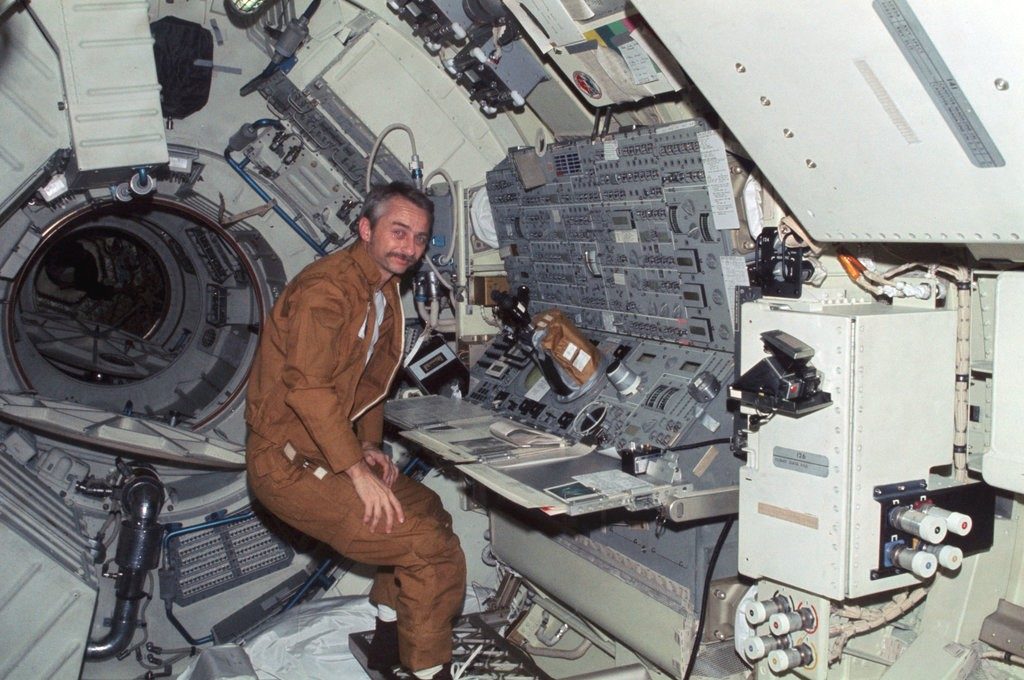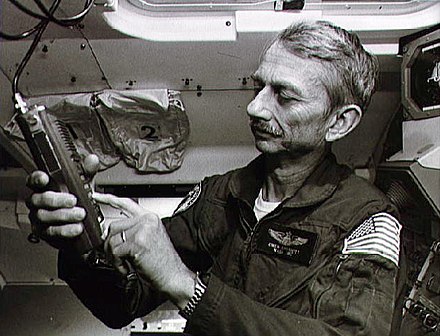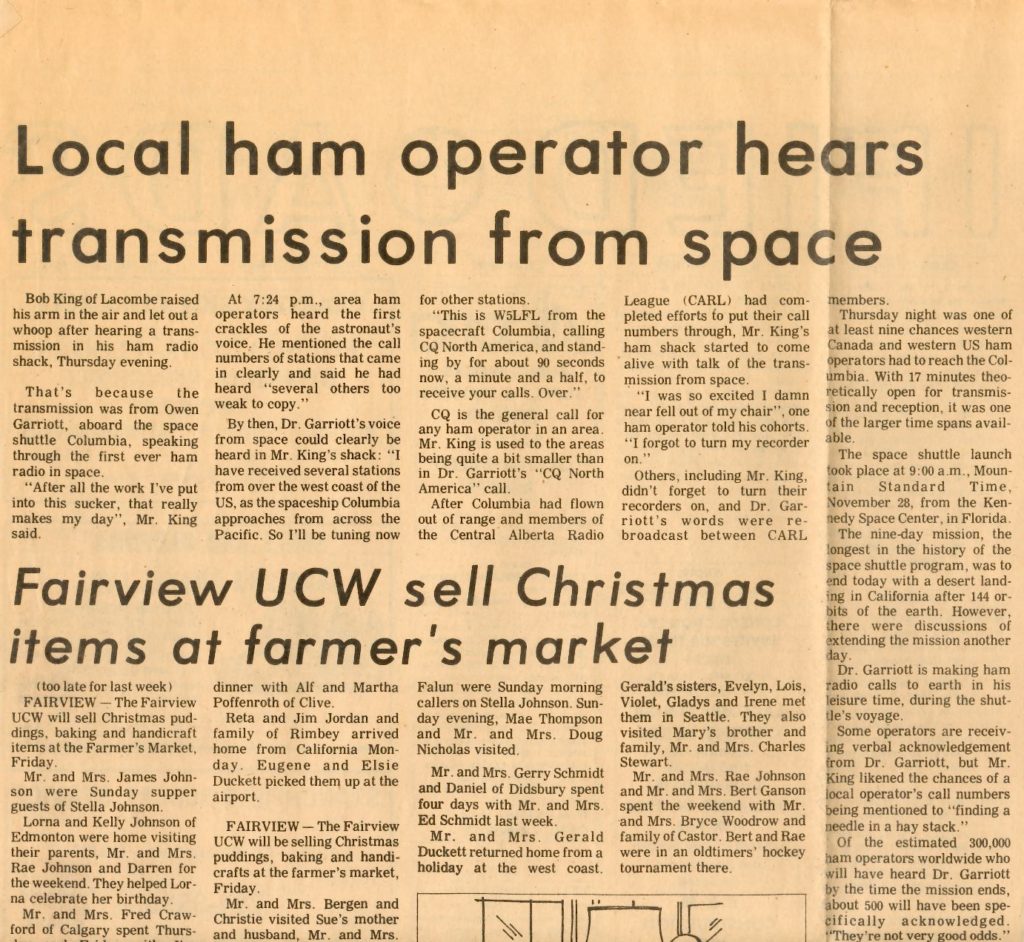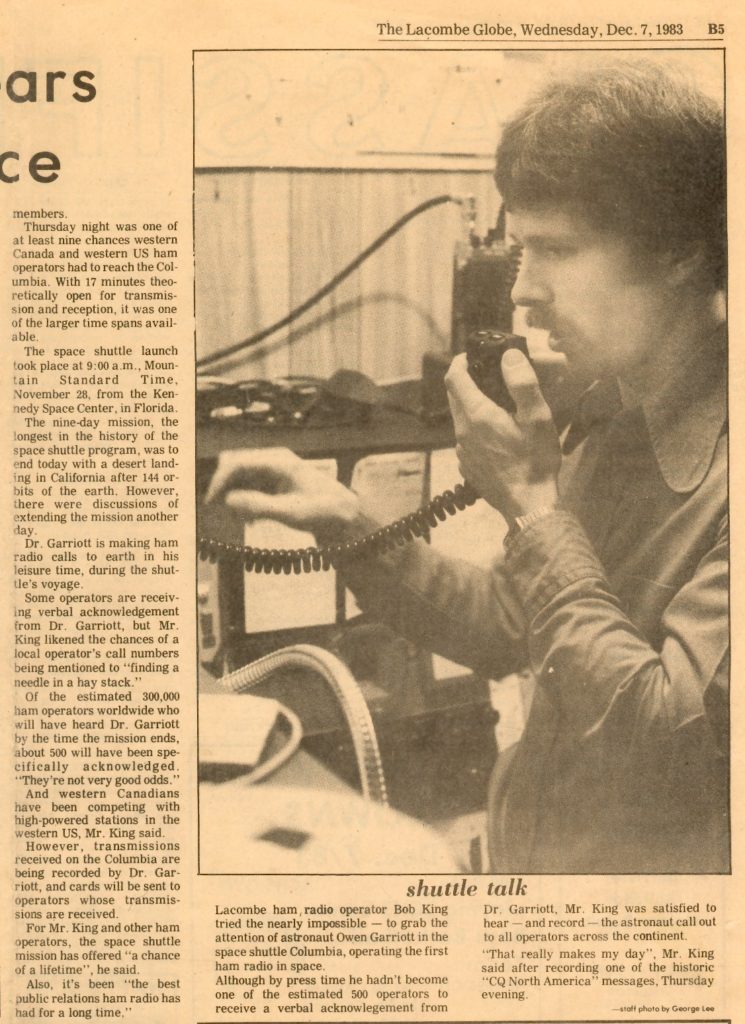- Home
- Registration
- Site Tools
- Articles
- Swap n Shop
- Contesting
- Grounding information for everyone
- History of the Central Alberta Amateur Radio Club
- CAARC owned Repeaters
- Club Repeater Info
- GMT Time Conversion Table
- VE/VA6 Incoming QSL Bureau
- Pine Lake Tornado Friday July 14, 2000.
- Amateur Radio to the Rescue
- CANWARN
- HAM Nation with Bob Heil K9EID
- Net info
- Events.
- ARES
- Links and On line study course.
- Field Day 2019
- Members D/L
- Forum/Swap and Shop
Registration is now underway for the RAC Advanced Course: Summer 2021
https://www.rac.ca/rac-advanced-course-for-maple-leaf-operators-summer-2021/
 Note: You need to be a RAC Maple Leaf Operator Member (present or future) to register for this course. See below for information.
Note: You need to be a RAC Maple Leaf Operator Member (present or future) to register for this course. See below for information.
In response to the global pandemic, Radio Amateurs of Canada is once again offering an online Advanced Qualification Amateur Radio Course so that individuals can upgrade their qualifications while continuing to practise social/physical distancing.
With your Advanced Certificate, you can run higher power, operate a remotely-controlled station, obtain operating privileges when travelling overseas, set up repeaters, be the trustee for club stations and even become an Accredited Examiner (AE).
Course information:
The course will be 10 sessions in length and each session will be two hours long.
In order to offer maximum flexibility, we will be running two Advanced courses so students will be able to choose one of the following two options:
- Sunday afternoons from 3 pm to 5 pm EDT (12 pm to 2 pm PDT) starting on Sunday, June 6 and ending on Sunday, August 15
Or
- Monday evenings from 8:30 pm to 10:30 pm EDT (5:30 to 7:30 PDT) starting on Monday, June 7 and ending on Sunday, August 16
Note: There will be no classes on August 1 or 2 because of the local holidays in some areas.
Course Instruction:
The course instructor is Dave Goodwin, VE9CB. Dave has been an Amateur since 1975, is an active HF Contester and DXer and his DXpedition to Point Amour Lighthouse was featured on the front cover of the November-December 2020 issue of The Canadian Amateur. Dave has also been a long-time volunteer at the national level and has served as the RAC President and as the RAC Director for the Atlantic Region. Since 2015, he has also has been teaching Basic and Advanced certification courses with the Fredericton (NB) Amateur Radio Club.
Course material pertaining to all topics covered in the course syllabus will be provided to all registered students and is available online at:
https://www.rac.ca/rac-advanced-course-for-maple-leaf-operators-summer-2021/
Course Requirements:
The RAC Advanced Qualification Amateur Radio course is being offered at no charge to RAC Maple Leaf Operator Members – both current and future as described below.
Participants in the course will need to meet all of the following requirements:
- Participants must already have the Canadian Basic Amateur Radio Qualification and a Canadian call sign.
- Participants must already be a RAC Maple Leaf Operator Member or become one by joining RAC at the Maple Leaf Operator level or upgrading to that level.
- Participants must have a copy of the Canadian Amateur Radio Advanced Qualification Study Guide provided by Coax Publications. For more information please visit the RAC Study Guides webpage.
- Participants must have a computer and Internet connection capable of using the GoToMeeting (GTM) conference platform. You do not need your own account on GTM to take part in this course, but you will have to download an applet from the GTM site to participate.
- Participants must have a working email address to receive course materials and links to the sessions.
There is room on the conference server for 200 participants in each session. Auditors are welcome to attend on a space-available basis, provided they are RAC Maple Leaf Operator members. You can sign up by following the instructions on the registration page.Â
Other Amateur Radio Courses:
Amateur Radio Basic and Advanced Qualification courses are also now being provided both online and in person by Canadian Amateur Radio Clubs and organizations. Please visit the Amateur Radio Courses webpage for more information at the link provided below.
https://www.rac.ca/amateur-radio-courses/
Glenn MacDonell, VE3XRA
RAC President and Chair
Alan Griffin
RAC MarCom Director
www.rac.ca
720 Belfast Road, #217
Ottawa, ON K1G 0Z5
613-244-4367, 1-Â 877-273-8304
raccomms@gmail.com








![20160620_113423[1]](https://caarc.ca/wp-caarc/wp-content/uploads/2016/06/20160620_1134231-300x225.jpg)
![20160620_113408[1]](https://caarc.ca/wp-caarc/wp-content/uploads/2016/06/20160620_1134081-1-300x225.jpg)
